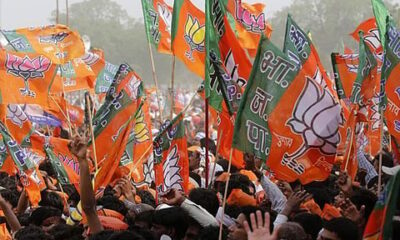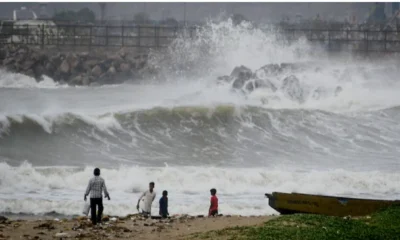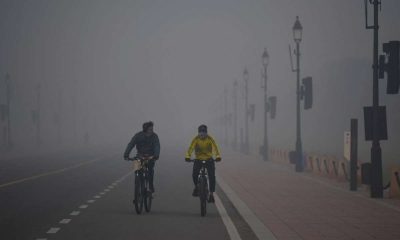News Story
Prepare for a hot spring and a blistering summer: Global warming hits home

Featured
Ensure nutrition supplement ad wins hearts, Tweeple say video taught them a lot | WATCH
In this era of ads where some advertisements are really praised for their inclusivity while the others are being criticised, Ensure (an American brand of nutritional supplements) have also come up with a very heart touching advertisement in this festive season.
Bollywood news
Tip Tip Barsa Paani: Raveena Tandon or Katrina Kaif? Mohra star likes tweets hailing original song
Apart from the movie’s plot, Sooryavanshi is ruling the hearts of the audience with its peppy songs. Recently, the makers have dropped the remake of the iconic 90s song Tip Tip Barsa Paani that has been recreated by Katrina and Akshay.
Cinema news & gossip
Bheemla Nayak’s latest song out: Pawan Kalyan’s new power look in the lungi
Finally the wait is over, after a long time this new song Lala Bheemla has been released today. It is debuted by the filmmakers of the upcoming film Bheemla Nayak, which stars superstar Pawan Kalyan.
-

 India News10 hours ago
India News10 hours agoBJP gets its first mayor in Kerala as VV Rajesh takes charge in Thiruvananthapuram
-

 India News12 hours ago
India News12 hours agoVeer Bal Diwas reflects courage, conviction and righteousness, Says PM Modi
-

 Entertainment8 hours ago
Entertainment8 hours agoDhurandhar box office collection crosses Rs 1,000 crore worldwide in 21 days
-

 India News14 hours ago
India News14 hours agoTrain fares increased from December 26: check revised ticket prices across classes
-

 India News14 hours ago
India News14 hours agoDelhi air quality improves slightly but stays in poor category
-

 India News8 hours ago
India News8 hours agoAAP targets Delhi LG with Ghajini dig over pollution row, BJP hits back
-

 Latest world news7 hours ago
Latest world news7 hours agoIndia flags attacks on Hindus in Bangladesh as worrisome after recent lynchings
-

 India News8 hours ago
India News8 hours agoTraffic slows in Himachal Pradesh as year-end tourist rush chokes roads to Shimla, Manali



















